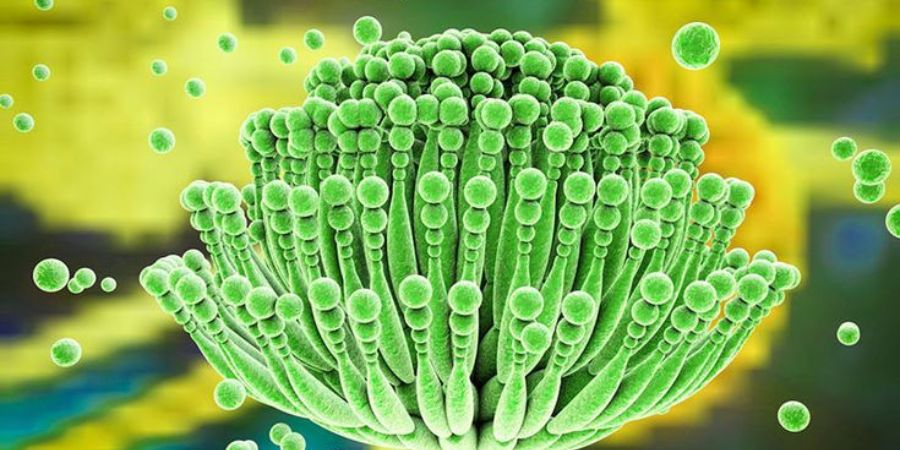

Mycotoxins are toxic compounds produced by certain fungi that can contaminate various agricultural commodities, including food products. These toxic substances pose a significant threat to human health and can lead to food poisoning when consumed. One such group of mycotoxins is referred to as mycotoxin-like peptides, often collectively known as myonize. In this article, we will explore why myonize can cause food poisoning and the potential risks associated with mycotoxin contamination in food.
Mycotoxins are secondary metabolites produced by molds and fungi under specific conditions, such as temperature, humidity, and substrate availability. Myonize, a subgroup of mycotoxins, refers to mycotoxin-like peptides that exhibit toxic properties similar to traditional mycotoxins. These peptides are produced by certain molds, including species of Aspergillus and Penicillium, commonly found in various food commodities such as cereals, nuts, and spices.
Food Contamination and Toxin Production: Mycotoxins, including myonize, can contaminate food products during cultivation, harvesting, transportation, and storage. Favorable conditions such as inadequate temperature control, high moisture content, and poor storage practices can promote fungal growth and mycotoxin production. Once these mycotoxins contaminate the food, they can persist throughout the processing and cooking stages, making it difficult to eliminate them entirely.
Toxic Effects and Food Poisoning: When consumed, myonize and other mycotoxins can exert toxic effects on the human body. The severity of these effects depends on factors such as the type of mycotoxin, the concentration ingested, and individual susceptibility. Mycotoxins can affect various organs and systems, including the liver, kidneys, gastrointestinal tract, and immune system.
Food poisoning caused by mycotoxins can manifest in several ways. Some common symptoms include nausea, vomiting, abdominal pain, diarrhea, and in severe cases, organ damage and long-term health consequences. Furthermore, chronic exposure to mycotoxins has been associated with an increased risk of developing certain types of cancer, immune system disorders, and neurological effects.
Factors Influencing Mycotoxin Toxicity: Several factors contribute to the potential toxicity of mycotoxins, including the level of contamination, the duration and frequency of exposure, individual susceptibility, and the presence of other toxins or chemicals in the food. Infants, young children, pregnant women, elderly individuals, and those with compromised immune systems are particularly vulnerable to the adverse effects of mycotoxin exposure.
Prevention and Control: Preventing mycotoxin contamination requires a multi-faceted approach involving good agricultural and storage practices, regulatory measures, and consumer awareness. Farmers can minimize mycotoxin contamination by implementing proper crop rotation, timely harvesting, and effective pest control. Adequate storage conditions, such as temperature and humidity control, can also help mitigate fungal growth and mycotoxin production.
Food processors and manufacturers play a crucial role in monitoring and controlling mycotoxin levels through rigorous quality control procedures. This includes screening and testing raw materials and implementing appropriate processing methods to reduce mycotoxin content. Regulatory bodies often establish maximum allowable limits for mycotoxins in food products, helping ensure consumer safety.
Consumer education is essential to raise awareness about mycotoxins and their associated risks. Proper storage practices, such as keeping food dry, inspecting for mold growth, and discarding moldy or contaminated food, can help prevent mycotoxin exposure at home.
Thank you for reading….
vvjk…….


